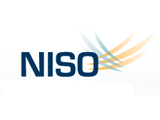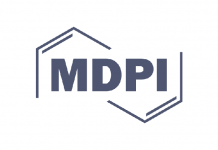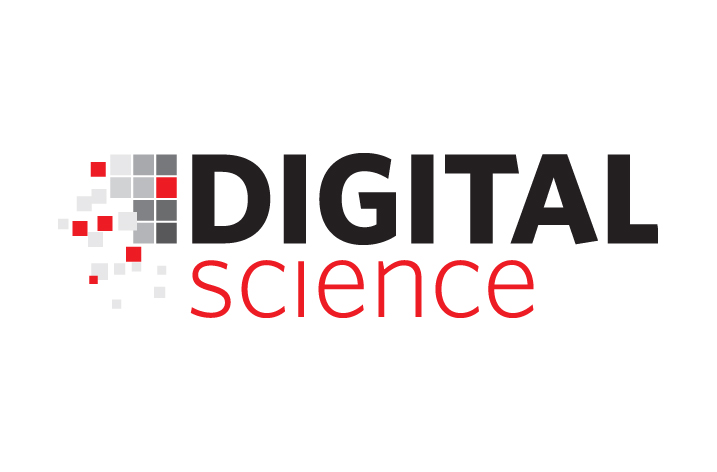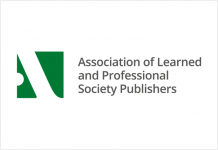
The National Information Standards Organization (NISO) has published a new Recommended Practice on Access License and Indicators (NISO RP-22-2015) that defines metadata to be used to indicate free-to-read content and a link to license terms for the use/re-use of that content. Developed by the NISO Working Group on Access License and Indicators (formerly Open Access Metadata and Indicators), the recommended practice proposes the adoption of two core pieces of metadata and associated tags: <free_to_read> and <license_ref>. The first tag would indicate that the work is freely accessible during the specified timeframe (if applicable). The second tag would contain a reference to a URI that carries the license terms specifying how a work may be used.
“Publishers provide articles that are “free to read” under a wide range of re-use terms and licenses,” explains Cameron Neylon, Advocacy Director, PLOS, and Co-chair of the NISO Access License and Indicators Working Group. “Currently, publishers of hybrid journals have no simple mechanism for signaling the “free to read” status of specific articles or the re-use rights of downstream users. Funders find the lack of information and cooperation between stakeholders creates difficulty in determining whether a specific published article is compliant with their policies. Authors have difficulty confirming whether they are compliant with a given funder policy. Readers face the burden of figuring out what they can and cannot do with specific articles. Aggregators and platform or knowledgebase providers have no consistent mechanism for machine-processing metadata and identifying the accessibility or rights status. Adoption of <free_to_read> and <license_ref> metadata designations will allow both humans and machines to assess the status of content.”
“The combination of the two metadata tags can be particularly useful in indicating the subtle nuances of different Open Access content,” states Greg Tananbaum, Consultant at SPARC and Co-chair of the NISO Access License and Indicators Working Group. “The indicators include a date component so that content with access and re-use rights that change over time can be adequately understood. This supports the existing embargo practices in use by some publishers. By including URIs to applicable licenses in the metadata, more detailed explanations of rights can be made available.”
“The recommended metadata tags can easily be incorporated into existing metadata distribution channels, encoded in XML, and added to existing schemas and workflows,” said Ed Pentz, Executive Director, CrossRef, and Co-chair of the NISO Access License and Indicators Working Group. “Publishers and platform providers can also use the <free_to_read> tag to automate the display of appropriate status icons to users and for signaling or determining compliance with most funder and institutional policies.”
“Adoption of these two metadata indicators can have a significant positive impact on all the participants in the scholarly communications chain,” stated Todd Carpenter, NISO Executive Director. “This NISO Recommended Practice also complements a number of other related efforts, including the CrossRef FundRef service; the HowOpen Is It? guide developed by PLOS, SPARC, and OASPA; EDItEUR’s ONIX-PL specification for communicating licensing terms; and the Linked Content Coalition initiative.”
Access and License Indicators (NISO RP-22-2015) is available for free download from the ALI Working Group webpage on the NISO website at: www.niso.org/workrooms/ali/.

























